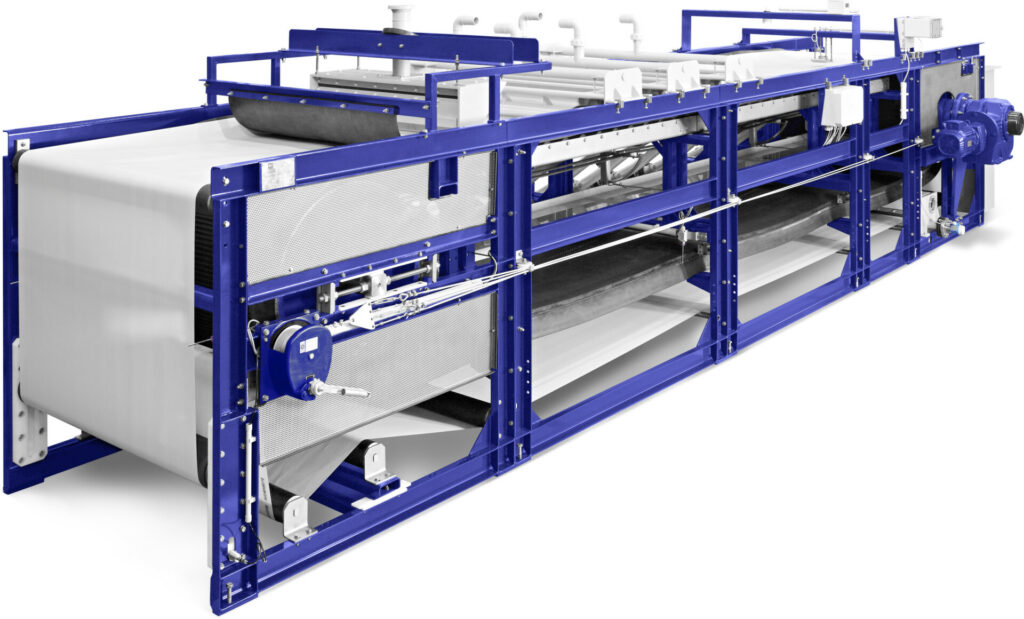Pyrolysis is the process of heating organic material, such as biomass, in the absence of oxygen. Because no oxygen is present, the material does not combust, but the chemical compounds, such as cellulose and lignin, make up that material thermally decompose into combustible gases and charcoal. These combustible gases can be condensed into a flammable liquid, called pyrolysis oil.
The pyrolysis process is used heavily in the chemical industry, for example, to produce ethylene, many forms of carbon, and other chemicals from petroleum, coal, and even wood, to make coke from coal. It is also used to convert natural gas into non-polluting hydrogen gas and non-polluting solid carbon char, initiating production in industrial volume.
Variables that can alter the pyrolysis process
- Treated material composition: each of the significant constituents of biomass and waste features different thermal decomposition temperatures.
- The temperature of the process: Higher pyrolysis temperatures provide a greater quantity of non-condensable gases, while lower temperatures favor the production of high-quality solid products.
- The residence time of material in the pyrolysis chamber: influences the degree of thermal conversion of the received solid product and the residence time of the vapor.
- Particle size and physical structure: influences the speed at which material is subjected to pyrolysis.



























